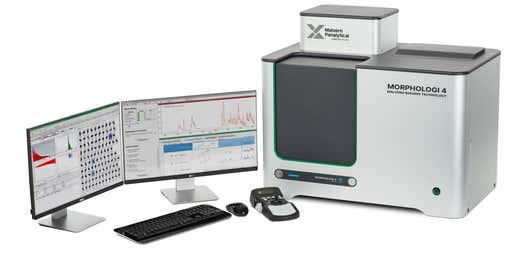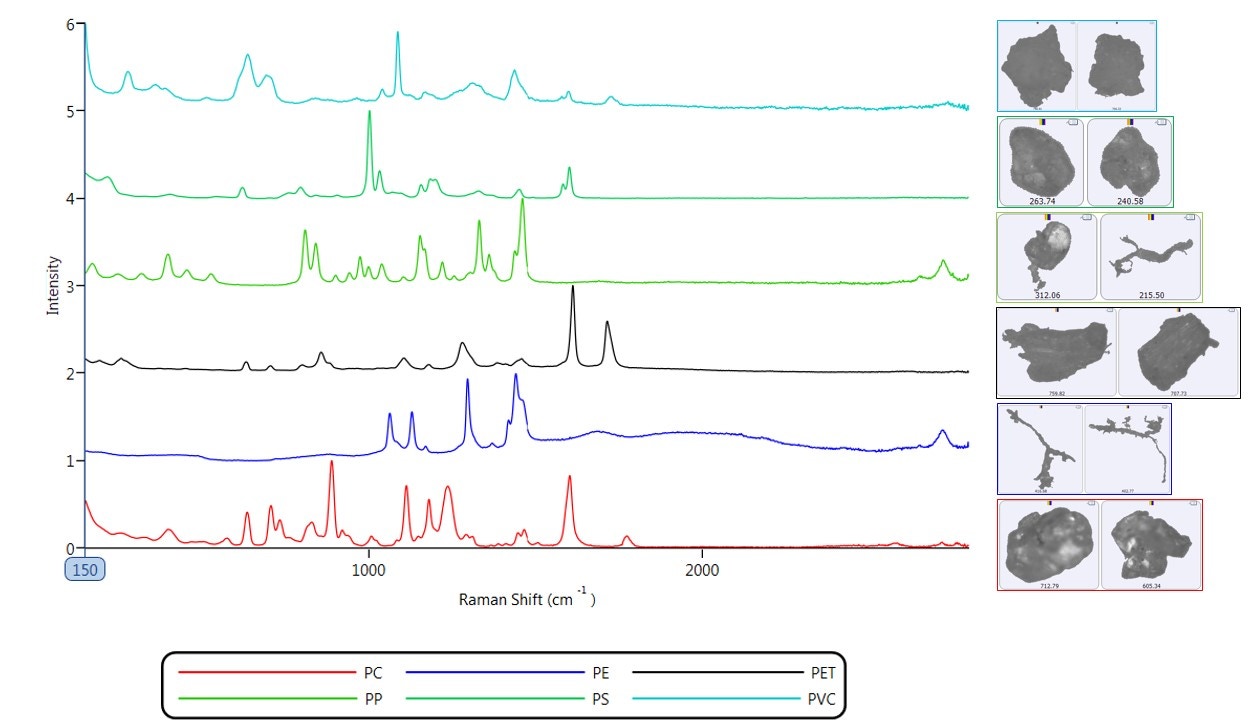
Microplastics are a global environmental and potential health issue. Usually defined as pieces of plastic that are less than 5 mm in size, they can be released directly from the production or use of consumer products (primary microplastics), or from the fragmentation of larger plastic objects (secondary microplastics). From the air to the oceans, microplastics can be found everywhere and have entered our drinking water and food chains. With public concern growing, and many questions about the sources and fates of microplastic particles still unanswered, we need to better understand the impact of microplastics in the environment.
Microscopy is widely used to identify and quantify microplastics. If performed manually this can be subjective, time-consuming and susceptible to user bias, with non-plastic material often being misclassified as microplastics. To help overcome this, chemical identification using non-destructive techniques such as Raman spectroscopy is increasingly being used to aid microplastic analysis. The identification can be further improved and automated with the use of Morphologically-Directed Raman spectroscopy (MDRS®).
Automated Identification of Microplastics using Morphologically-Directed Raman Spectroscopy
The Morphologi 4-ID delivers detailed component-specific morphological descriptions of particulate mixtures through Morphologically-Directed Raman Spectroscopy (MDRS®). This combines automated particle imaging with Raman spectroscopy in a single, integrated platform, providing the power to unlock complex particle characterization problems as encountered in microplastic samples containing a mixture of many different plastic types.
Complimentary particle size, shape and chemical identification information is provided for individual microplastic particles, with the classification of these particles enabling sample data to be easily compared in numerous ways, such as by plastic type or by morphology.

Example: Raman spectra of PE, PP, PS, PC, PET and PVC acquired on the Morphologi 4-ID, with example images of the corresponding particles of each plastic in a filtered microplastic sample.
Our Solutions


